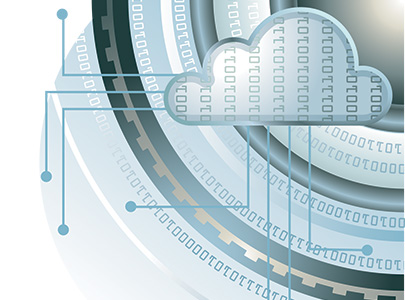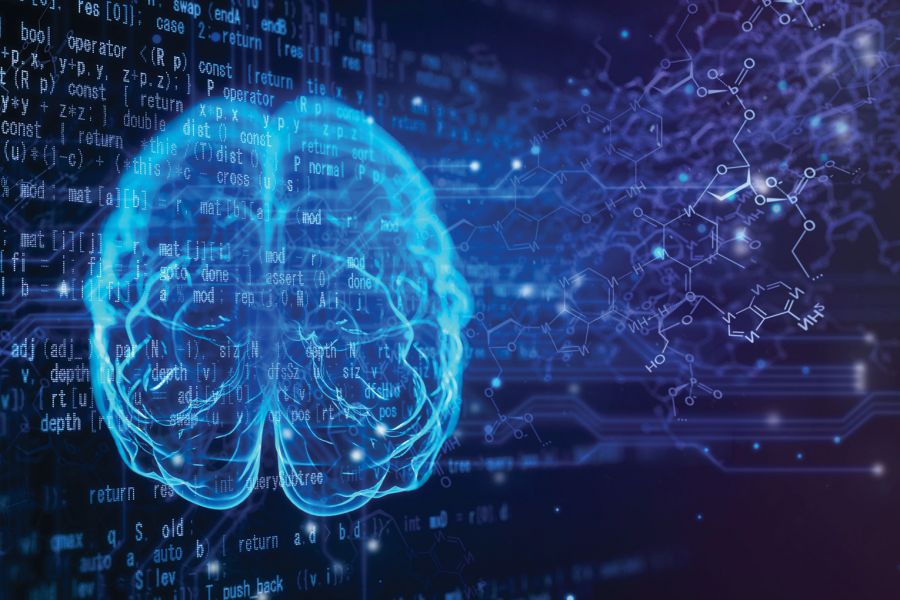Post-Capitol riot: Cellphones, selfies – and Orwell
First Five by the Freedom Forum Institute
Jan 21, 2021

GENE POLICINSKI
Download Word doc here.
A nod to “1984” author George Orwell: We have met Big Brother and often, he is us.
The nation rightly remains outraged at the Jan. 6 riot that trashed the U.S. Capitol, threatened elected officials and resulted in five deaths. Pressure was on police to swiftly arrest those involved.
Each day brings new reports of federal authorities using what they say are social media photos, cellphone records and other data to identify members of the mob.
Orwell predicated his draconian vision on government’s installing a device in every home, watching, tracking and recording each life. In 2021, we are the ones installing the devices, 24/7, and not just in homes but in pockets, purses and cars.
Combine this self-generating trove of online personal information with an ever-greater number of cameras in public and private spaces, the increasing forensic ability of facial-recognition software and the mushrooming presence of smart devices in our daily lives. We have every reason for new concerns about the potential chilling effect on free expression and our rights of assembly and petition.
In media reports, we’ve seen how easy it is for the FBI to identify a rioter within hours by taking the merest flash of cellphone photo, applying facial identification examination even to people wearing masks, then marrying that computer construct to earlier, less-obscured photos. In one case, authorities matched earlier photos taken in a Washington, D.C., hotel lobby with photos posted online from the Capitol and identified and arrested a suspect shown standing in the U.S. House chamber in full riot gear.
To be sure, we have tolerated, even encouraged, growing government surveillance methods and technology for many years, particularly in the wake of the Sept. 11, 2001, terror attacks, in the hope they will make us safer.
By 2012, the U.S. Supreme Court was openly musing about the effects of pervasive high-tech government surveillance, even though the case at hand involved the somewhat low-tech use of a GPS monitor.
At the time, Justice Sonia Sotomayor was concerned about a chill on “associational and expressive freedoms … (through) generating a precise, comprehensive record of a person’s public movements.” She also warned that “government can store such records and efficiently mine them for information years into the future.”
In 2019, in a case involving surveillance of a robbery suspect, Chief Justice John Roberts observed that many people “compulsively carry cellphones with them all the time. A cellphone faithfully follows its owner beyond public thoroughfares and into private residences, doctor’s offices, political headquarters and other potentially revealing locales. … Accordingly, when the government tracks the location of a cellphone, it achieves near-perfect surveillance as if it had attached an ankle monitor to the phone’s user.”
In words foreshadowing today’s post-riot investigations, Roberts wrote, “the government can now travel back in time to retrace a person’s whereabouts ... (and) because location information is continually logged for all of the (then) 400 million devices in the United States … police need not even know in advance whether they want to follow a particular individual, or when.”
Police should have ready access to effective tools in fighting terrorists and other criminals. As the widespread demand for swift justice for the insurrectionists who invaded the Capitol shows, many, if not most of us, applaud law enforcement’s use of high-tech tools.
History tells us that successful technology both endures and expands in scope and that freedoms lost are hard to restore. The early days of taps on phone wires has evolved into high-tech gadgets that use the vibration of windowpanes caused by speech to monitor conversations inside an office. Listening devices hidden inside walls designed to capture a simple conversation have morphed into government access to massive data dumps containing the details of millions of phone calls that can be analyzed to track separate calls worldwide.
Add in the digital trail we leave from cellphones and on social media and we hand the government an intimate self-portrait more complete that even our closest family members could draw.
We need to continually review safeguards on the government’s power to track our lives and to set limits when such surveillance is warranted — literally, by the courts. The most critical times for such alertness are in the aftermath of shocks to the nation’s psyche such as the disgraceful Capitol invasion.
What is the impact on those assembling peaceably to petition government for change when, via technology, we automatically create records of conversations and meetings and their exact times, dates and locations — potentially illustrated with photos and videos of participants?
We’re already seeing pushback because of flaws in both the technology and its application, ranging from gross misidentification to racial bias or worse: China is reportedly using facial recognition to track and arrest some racial minorities.
To be clear: Members of the mob that ransacked the Capitol should face prosecution to the fullest extent of the law. But we all need to be wary of the law of unintended consequences, of unexamined recognition of the use of pervasive, all-seeing technology in the hands of those who would, willingly or unwittingly, chip away at our core First Amendment freedoms in the name of protecting them.










